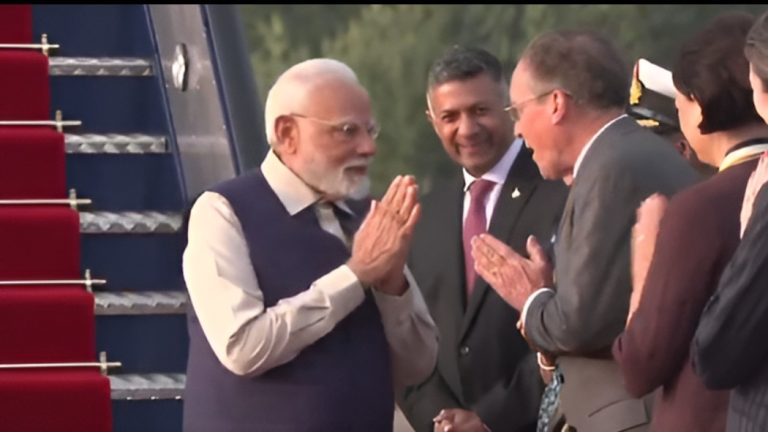As India’s households spend nearly a third of their budgets on food and basics, Zerodha co-founder Nikhil Kamath sees untapped gold in what they don’t buy often—durables that last.
In a recent post on X, Kamath wrote, “If one were to define a durable good as something that lasts more than 3 years, then there is a huge opportunity for homegrown Indian brands to draw global interest, especially as a previously globalising world gets more protectionist.”
He’s backing a bold call: Indian companies could win globally by focusing on quality furniture, jewellery and watches, lighting, and luggage. Kamath ranked them in that order of promise, urging Indian manufacturers to target long-cycle goods where branding and craftsmanship matter—and can travel.
His optimism comes even as data from the Household Consumption Expenditure Survey 2022–23 reveals just how little Indian households currently allocate to durable goods—just 7% of total spending, both in rural and urban areas.
In rural India, 37% of household expenses still go to essential food items. In cities, that drops to 29%, but urban families spend more on transport (9%), rent and taxes (7%), and education (6%), creating a bigger pool of discretionary spend.
Yet, while miscellaneous expenses (including entertainment) clock in at 6–7%, and consumer services and home furnishings hover around 5–6%, Kamath is betting that as incomes rise and tastes evolve, this slice could shift toward better-made, longer-lasting Indian products.
And there’s another sharp edge in the data: over 13–14% of household budgets still go toward “unhealthy consumption,” including tobacco, intoxicants, and excess discretionary treats. It’s a wake-up call—not just for policymakers, but for brands building sustainable business models.
The rural-urban divide is pronounced. Urban households spend more on:
- Processed foods (11% vs 10%)
- Transport (9% vs 8%)
- Education (6% vs 3%)
- Rent (7% vs 1%)
But when it comes to durables, the story converges. Both rural and urban households devote 7% of their budgets to them, showing a nationwide plateau—one Kamath believes is ripe for disruption.
As the global trade climate becomes more inward-looking, India’s opportunity, he argues, lies in exporting cultural capital through beautifully made goods. The household budget may be tight, but the long game is wide open.






